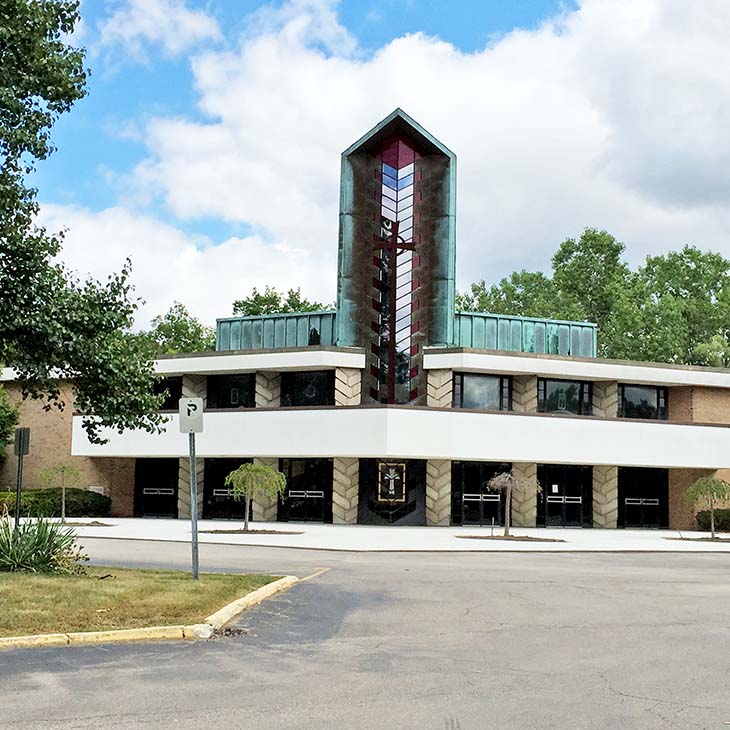

In 1833, the federal government built an arsenal in what is now Dearborn. I do not know why they made this decision. Although there were still some American Indians who were being removed from Michigan in the 1830s, the Indians in the state had been pretty well confined to their reservations and were no longer a threat. The warfare against the Indians took place far to the West. The Black Hawk War in Illinois was an 1832 event. There was some concern in Washington that the British might recolonize the country with an invasion through Detroit. That fear led to the construction of Fort Wayne in Detroit in the mid to late 1840s. The federal government, aware of the fire that destroyed the entire village of Detroit in June, 1805 knew there would be great opposition to building an arsenal in that city. An explosion at the arsenal could once again level Detroit. The River Rouge was, more or less, navigable to Dearborn so that site was selected for the federal arsenal.
And then, in 1834, a group of Presbyterians founded a congregation. Both the Dearborn Arsenal and the Presbyterian congregation survive almost a century and a half later. The military, however, quit using the Dearborn Arsenal in 1877. This congregation originally met in homes, but by 1848, they had erected a small church. In 1908, they had sufficient membership and resources to construct a larger church at the corner of Mason and Garrison. I believe this was a small wooden structure. However, the congregation did not have their own full-time minister until 1928. Of course, Dearborn’s population and their wealth grew rapidly after World War I as Ford’s River Rouge plant became an industrial colossus.
The decades after World War II were exceptionally prosperous ones for almost all who lived in the Detroit area. This congregation was able to construct the very attractive church that you see. They negotiated with the Ford Motor Company and purchased five acres of tree-covered land on North Brady, ensuring that their new church would be in an appealing setting. They selected one of the most active and accomplished Michigan architects of that era, Alden B. Dow of Midland, who was the talented son of the founder of Dow Chemical. Alden Dow designed many homes, indeed the residence he designed for his family is a National Historic Landmark. He also designed numerous civic and educational buildings. For more than a decade I have had an office in the Institute for Social Research Building on the University of Michigan campus designed by architect Dow. However, he designed a more modest number of churches, all or almost all of them in southeast Michigan. They are spectacular church since they are in the modern design, very different from the traditional Gothic design that was so frequently used for church. Alden Dow’s notable churches include:
Eastminister Presbyterian in East Lansing
First United Methodist in Midland
Kalamazoo Christian in Kalamazoo
National Shrine of the Cross in the Woods Catholic church in Indian River
St. George Greek Orthodox in Bloomfield Hills
St. John’s Lutheran in Midland.
Architect: Alden B. Dow
Date of Construction: 1965
Use in 2015: Presbyterian Church
Website for Church: http://www.firstpresdearborn.org/
History of First Presbyterian of Dearborn: http://www.firstpresdearborn.org/full-history
State of Michigan Registry of Historic Sites: Not listed
National Register of Historic Places: Not listed
Photograph: August 13, 2015
Return to Religious Structures
Return to Homepage